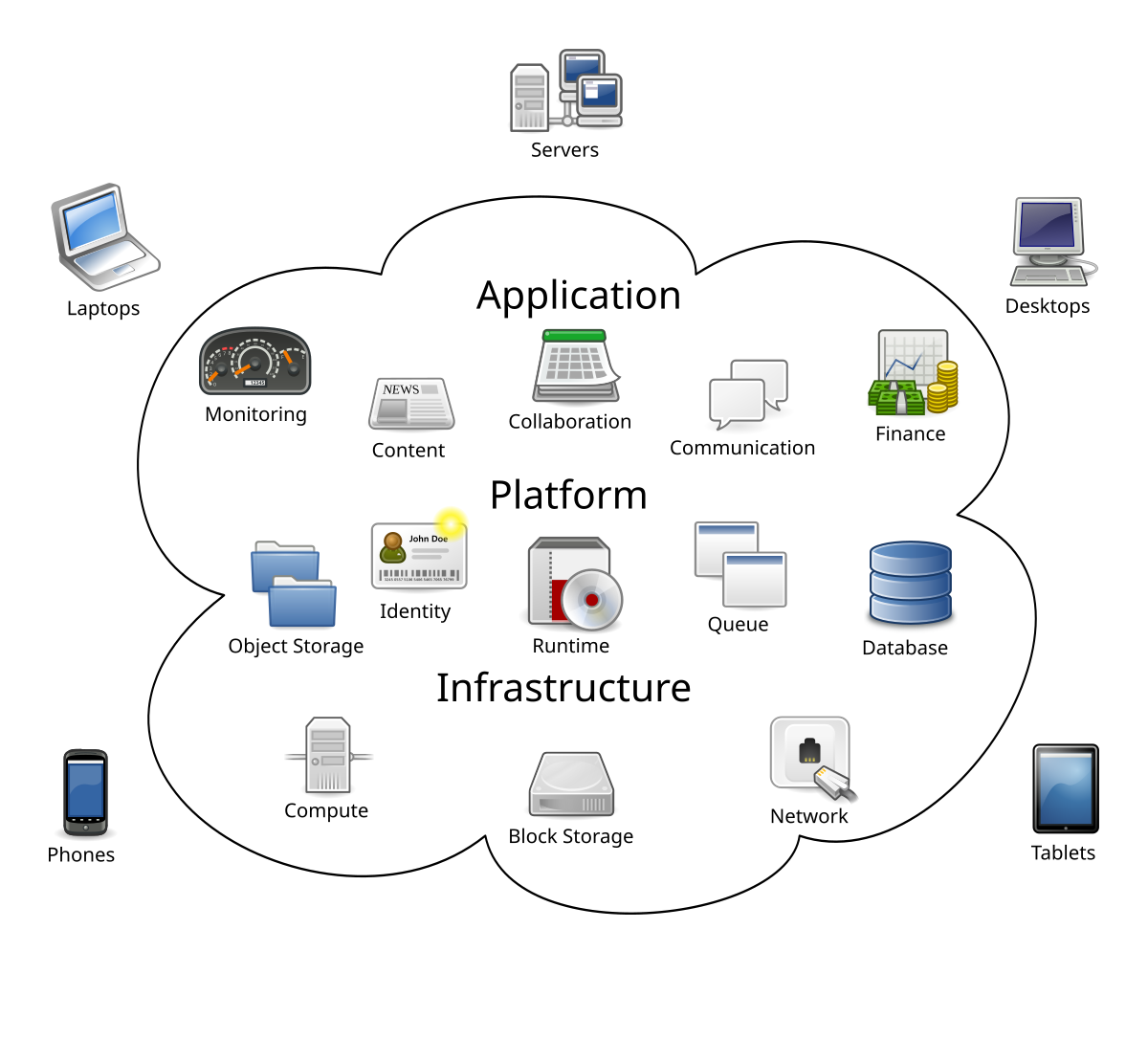Drive Innovation: Using the Power of Cloud Solutions
In the hectic landscape of modern business, harnessing the power of cloud solutions has actually become a crucial element for companies intending to drive advancement and preserve an affordable side. The capability to scale sources dynamically, take on cutting-edge innovations effortlessly, and simplify growth procedures successfully can substantially affect an organization's capacity to innovate and adjust. As we discover the complex connection in between cloud services and development, fascinating understandings on how cloud solutions transform typical service techniques and lead the way for groundbreaking innovations will be revealed.
Benefits of Cloud Solutions
Cloud services offer many benefits to businesses and people seeking flexible and effective services for their electronic needs. Among the crucial benefits of utilizing cloud solutions is the cost-effectiveness they offer. By relocating to the cloud, companies can get rid of the need for costly on-premises equipment and upkeep costs, instead going with a pay-as-you-go version that straightens with usage. This scalability permits businesses to change resources based upon demand, resulting in optimum price monitoring.
Furthermore, cloud services boost access and cooperation amongst teams. With data kept in the cloud, employees can firmly access documents and applications from anywhere with a web link, promoting remote work capacities and enhancing productivity. Real-time cooperation functions allow numerous individuals to deal with documents simultaneously, fostering smooth teamwork no matter of physical area.
Another benefit of cloud solutions is the enhanced data safety and disaster healing they supply. Cloud suppliers apply sophisticated safety and security procedures to shield information from cyber risks, making sure conformity with industry policies. Additionally, automated backups and recuperation solutions minimize the danger of data loss as a result of unexpected occasions, supplying comfort to customers.
Cloud Migration Methods
Transitioning to shadow solutions entails meticulous planning and tactical implementation to guarantee a efficient and smooth migration procedure. When relocating their operations to the cloud, there are a number of cloud movement techniques that organizations can take into consideration. One typical method is the 'Rehost' technique, where applications are raised and changed to the cloud with minimal adjustments. This method is quick however may not fully maximize cloud advantages. The 'Replatform' method includes making some cloud optimizations throughout migration, such as upgrading the application design to benefit from cloud-native features. Cloud Services. For a more extensive change, the 'Refactor' technique entails rearchitecting applications to be cloud-native, boosting scalability and efficiency. Furthermore, the 'Repurchase' technique includes changing existing software with cloud-based alternatives, while the 'Retire' method includes decommissioning redundant applications. Picking the appropriate movement technique depends upon elements like expense, timeline, and wanted outcomes, calling for a mindful assessment of each option's difficulties and benefits.
Enhancing Collaboration in the Cloud
Enhancing group collaboration through cloud-based devices can dramatically improve productivity and simplify communication within organizations. By leveraging cloud services, teams can interact perfectly despite their physical areas, making it possible for real-time cooperation on projects. Cloud-based communication devices such as Slack, Microsoft Teams, or Google Workspace supply a central platform for staff member to share data, exchange concepts, and coordinate jobs effectively. These tools provide functions like instantaneous messaging, video conferencing, file sharing, and task management, enhancing synergy her comment is here and minimizing reliance on standard interaction approaches like emails.

Safety And Security Factors To Consider for Cloud Adoption
Exactly how can organizations make certain the durable protection of their data when taking on cloud solutions? Security factors to consider are paramount in the adoption of cloud solutions. To protect information, organizations have to initially perform a thorough threat evaluation to recognize potential vulnerabilities and dangers. Implementing solid security approaches for data both en route and at rest is important. Accessibility control devices should be implemented to restrict unauthorized access, and multi-factor authentication can add an additional layer of safety. Regular safety audits and tracking of the cloud environment assistance in discovering and reducing any safety breaches immediately.

Cloud-Native Development Practices
In the world of cloud computer, welcoming cloud-native innovation techniques is essential for companies striving to optimize their digital infrastructure and boost operational performance. Cloud-native advancement practices involve establishing applications especially for cloud environments, leveraging the scalability, adaptability, and agility that cloud services offer. Deliberately applications with cloud-native concepts in mind, such as microservices design, containerization, and orchestration, organizations can enhance their growth procedures, enhance source usage, and respond i loved this more efficiently to altering market demands.
Additionally, cloud-native innovation practices promote constant combination and continual delivery (CI/CD) pipelines, enabling automated screening, deployment, and monitoring of applications. This repetitive technique cultivates faster development cycles and boosts general click resources software application quality. In addition, using serverless computer and took care of services enables companies to focus on establishing core business capabilities while offloading infrastructure administration jobs to cloud provider.
Basically, welcoming cloud-native technology methods equips companies to drive advancement, increase time-to-market, and remain competitive in today's swiftly developing digital landscape.
Conclusion

As we explore the complex partnership in between cloud services and innovation, interesting insights on how cloud remedies reinvent typical business practices and pave the way for groundbreaking developments will certainly be disclosed. - cloud services press release
There are numerous cloud migration techniques that companies can consider when moving their operations to the cloud. Cloud-native development techniques involve creating applications especially for cloud environments, leveraging the scalability, adaptability, and dexterity that cloud solutions provide. In addition, the use of serverless computing and handled solutions allows organizations to focus on developing core service functionalities while offloading facilities management tasks to cloud service carriers.
It is vital for firms to think about cloud movement methods, improve cooperation in the cloud, and focus on security actions to guarantee successful adoption of cloud services and drive development within their organization.